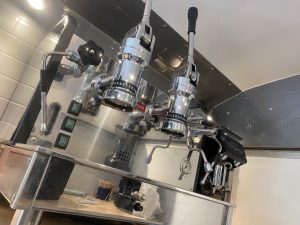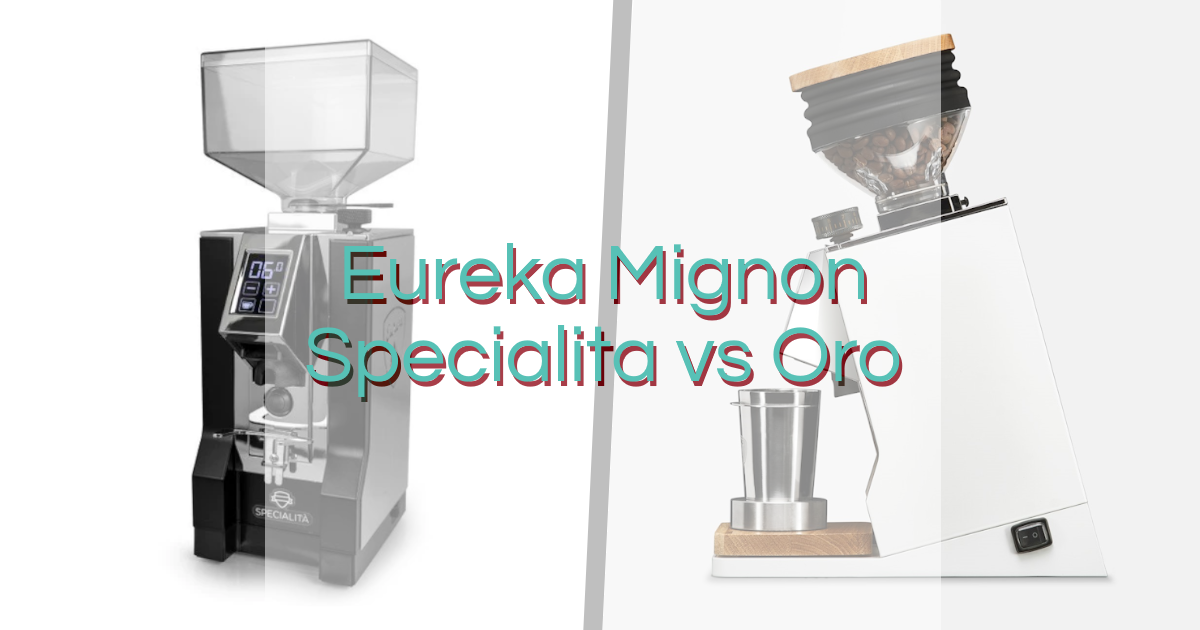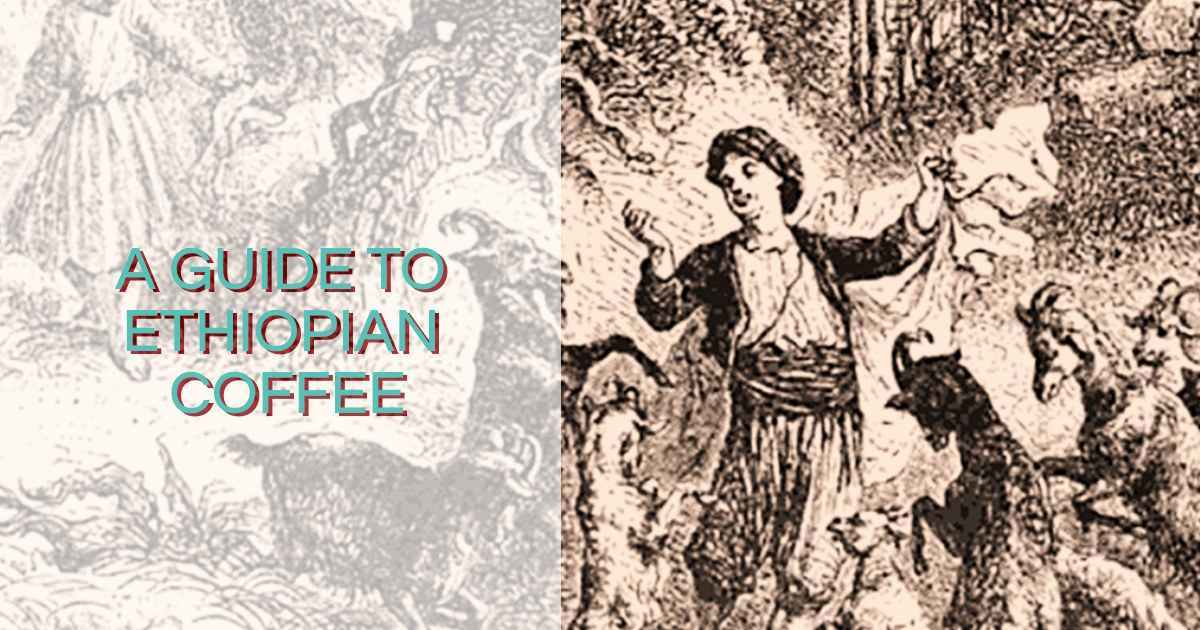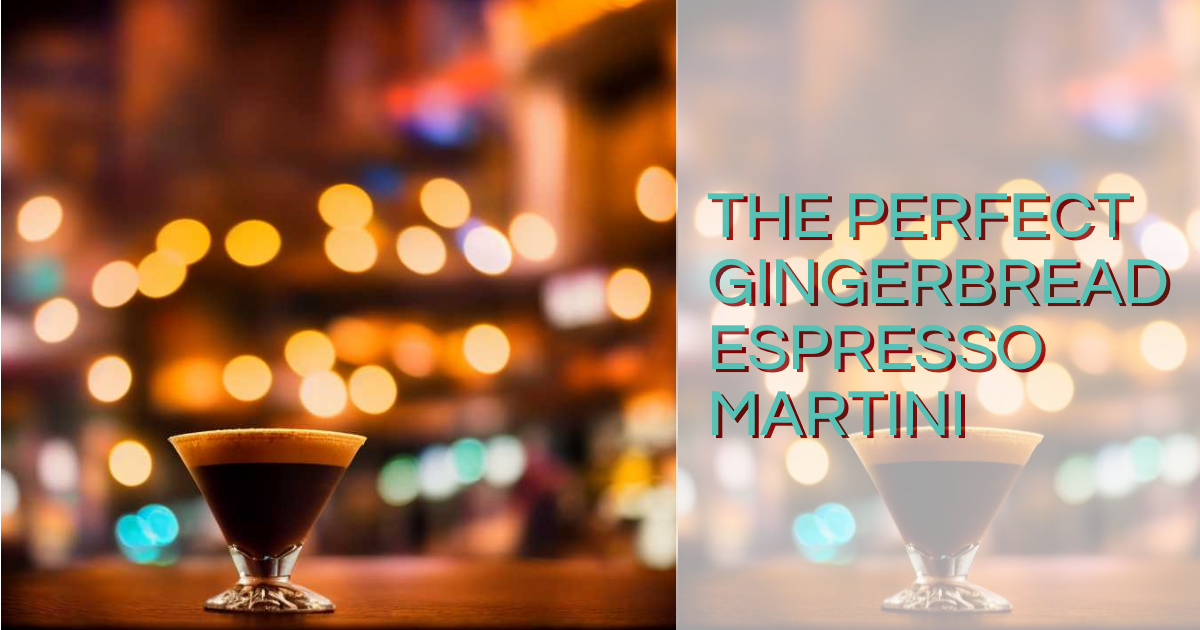I have had a few people ask recently what it took to design, build and run a mobile coffee truck and the specifics about the equipment I used. It’s not just putting a coffee machine in a camper van. There are lots of routes to get there and lots of decisions to be made in the process but ultimately it depends on where you want to be selling your coffee, how focussed on quality you want to be and how many coffees you want to be able to make a day.
First we’ll answer a few questions about the “where” so we can learn from my shortcomings with Pascal, then we’ll understand the necessities you need in order to get your environmental health rating, then we’ll finally move to how you want to power everything.
First Question: Where are you selling?
Do you have a location in mind already? Have you got an agreement to set up in a static location or do you need to travel? Do you need to travel short distances or are you wanting to widen your reach and be able to travel across the country?
My mistake: Buying a van that had a limited reach.
Yes, I admit it, Pascal (My 40 year old Citroen H van) was less than ideal for any job that was further than 20-30 miles away. With a top speed of around 40mph and about 15 miles per gallon fully loaded, it was expensive, long and stressful making trips to outside of a certain radius. Some other companies tow their vintage vehicles around or put them on trailers, which is fine if you have another large towing vehicle.
If I could do it again: I’d pick something less vintage and more sturdy for long distances to allow me to go into London and around the South Coast. Maybe I would put in a horse box, which is popular method, but not as easy to manoeuvre into some of the tight spots that I had to with Pascal.
What you need to decide on: How far do you want to be able to travel, and how manoeuvrable do you need to be when you get there.
Second Decision: Quality is King
There are obviously some overlap and limitations for some of the above, for instance, you can take a coffee cart all over if you can store it in a van but you are limited to indoor events, and many events won’t allow a van indoors.
As you’re on my coffee blog, you obviously have some interest in creating the best coffee possible in any environment, and some environmental factors can really affect the quality of your coffee, whether it’s hot and humid or cold and windy, if you can’t offer protection to your machine from the elements you risk the quality of your coffee being substandard.
I attended many events where the rain would be falling sideways, meaning I might need to close the hatch of the van earlier than I wanted to, (or even in some cases, I was contracted to). I had pipes freeze on me overnight, high winds creating a coffee ground tornado inside my cab and soaring heats meaning I couldn’t keep the temperatures down on my espresso machine. Basically I had a window of perfect conditions where I could create the ‘perfect’ espresso. Every other time I was battling the elements to produce a quality product.
But you move up your desire to create high quality coffee, you up your requirements of power for the better machine, the better grinder, a level pitch and a protected environment to prepare your coffee.
You could build a cart with an urn and serve instant coffee, and these are the types of competition you will find when you are specialising in coffee. Many food carts will serve coffee, so you need to be able to provide the best possible product going, otherwise you will find people might as well getting a coffee from the donut stall for £1.50 because bad coffee might as well be cheap.
I focussed on making coffee that was honestly as good as possible, which meant having a coffee machine that was as consistent as it was reliable, the best grinder my off-grid electrical system could provide power to, in-line water treatment, and enough room to weigh out, measure and dial in on a regular basis (especially important when you are dealing with fluctuating conditions). Some might say, to my detriment, but I know I was proud of every coffee I served and, even now, since selling the business, is something I can still stand by, I never let quality drop.
Third Decision: How are you going to power it all?
This is either a really simple question or the hardest one of all. I have created a table below that covers almost all of the advantages and disadvantages of your choice process.
Again it depends on where you are looking to serve coffee about how important some of these advantages and disadvantages are to you, so once you work that out, you can try to understand how important some of those factors are.
Fourth Question: What Equipment do you Need?
This is the big one, what equipment would you need to start a mobile coffee business wholly depends, (again) on where and how you want to serve your coffee. But the fundamentals are the same. You need a source for water, a place to store waste water, a source for power, a place to measure and grind coffee and, finally, a way to brew it.
I will assume you want to focus on the main type of coffee delivery, which is an espresso machine pulling delicious espresso, from which you can make the ever popular milk drinks like lattes and flat whites. You need two sinks with a way to wash your hands with hot water.
Espresso Machine
Most commercial espresso machines require a 3-phase electrical supply, which isn’t practical for mobile setups. In a van, you’ll usually be choosing between:
High-voltage 240v machines, often with high amperage demands
Gas-powered machines, which heat the boiler using LPG but still require some electric input (typically 240v)
Manual lever machines, which can be partially muscle-powered, but still require some heating (gas or electric)
What I use: La Pavoni Vasari 2 Group Dual Fuel Lever arm Coffee Machine
Grinder
All grinders run on 240v, and a good burr grinder is non-negotiable for quality espresso. It’s a thirsty piece of kit, often one of the first things that’ll highlight any weakness in your power setup.
What I use: Victoria Arduino Mythos One as my main espresso grinder and a Compak K3 Grinder for my decaf
Water Pump
You’ll need a pump to pull water from your tanks to the espresso machine and hand wash.
12v pumps are common in van setups and can run off the leisure battery
240v pumps are more powerful but add to your overall AC draw
What I use: A 12v Shurflo pump paired with an accumulator for smoother flow. On my portable mobile coffee cart, I use a FloJet which plugs into mains.
Fridge
Keeping milk and other perishables cool is a must, but options are limited:
12v compressor fridges are efficient but can struggle on hot days or after long service
240v fridges perform better but use significantly more power
What I use: I use neither and used a Igloo Maxcold Cooler box that if efficiently primed would keep my milk well below the 4 degrees required and used zero power.
Lights
Interior lighting is essential for early mornings and gloomy days.
12v LED lighting is the most efficient and can run directly from your leisure battery
240v lighting can be overkill unless already part of your setup
What I use: I wired up my spotlights to my 240v ring
Hot Water for Hand Washing
You’ll need a setup to comply with hygiene regs. Options include:
12v heaters, which are low-draw but slow and often inadequate
240v water heaters, which are much better but heavy on power usage
What I use: A small Triton 240v over sink water heater
What Espresso Machine do I want for a Mobile Coffee Business?
Here you have two options, if you are always planning on being connected to a power source, then this job is easy, and you can choose any espresso machine that takes your fancy, if you are wanting to be a little more off grid, then your options are much slimmer. If you go pure electric, then this increases the cost of your energy storage and an inverter, almost prohibitively so, both in terms of price, and where you can actually store the things that will take up the size of a medium fridge. Your space is at a premium, so this is important to consider.
So what is the answer to this? Well, dual fuel allows you to heat the water in the espresso machine with gas, and then there are two further options, either Butane, or LPG that you will need to store in a locked box and will require you to have a Gas Safety check once a year.
On the plus side it’s fairly straightforward to install, I used a 6Kg Gas-It refillable tank, which I could fill at a petrol station that sold LPG, I later bought a second one.
Using this, I could reliably heat my water for around 25 hours per 6KG, it costs less than a tenner to fill it up, so it was a really efficient power/cost to the number of espressos I could produce.
But then you still have the question of how you produce pressure, internal pumps, automatic and semi automatic machines require power, and if you want to be able to run everything, then there was only one option.
The Mighty Lever Arm Machine
Lever machines produce the pressure required to force the water through the puck of coffee by pulling the lever down which depresses a spring, you have to manually account for your preinfusion time, and then you release the lever which releases the spring, forcing the water through the puck of coffee at around 9 bars.
Yes it’s manual work, but the pressure profile of lever arm is amazing (you can read about me wax lyrical of how much I loved my espresso machine here) and with no electrical pumps and gauges, there are much fewer parts to go wrong or break. Which, again is an advantage when you are out on the road, subjecting your machine to the rigours of public roads with speed bumps and potholes galore.
So to conclude this section, if you are going to be setup in a fixed location with a constant source of power, then choose whatever espresso machine you want. If you are going to be even remotely off grid, then you need a Lever Action – Dual Fuel espresso machine. You may be tempted by a fracino, but please don’t. Get something built from the home of espresso in Italy.
Other Equipment You might need
The list is not exhaustive and doesn’t include things like plumbing, wiring, sockets and etc, but will give you the basis of essential all assuming, like me, you are working off grid.
-
- Inverter: Converts 12v battery power to 240v. Pure sine wave inverters are best for sensitive electronics.
I used a 2000W 12V Pure Sine Wave Sunshine Power Inverter C-Series
- Inverter: Converts 12v battery power to 240v. Pure sine wave inverters are best for sensitive electronics.
-
- Leisure battery bank: Deep-cycle AGM or lithium batteries to power your 12v and inverter systems.
I started with 120ah AGM batteries which was more than enough for day to day then upgraded to a Victron 200ah Lithium
- Leisure battery bank: Deep-cycle AGM or lithium batteries to power your 12v and inverter systems.
-
- Solar panels: Helpful for topping up batteries, especially in summer.
I had a 300w flexible solar panel on the roof.
- Solar panels: Helpful for topping up batteries, especially in summer.
-
- Solar MPPT: To charge the batteries from the solar you need an MPPT.
I had a 30A MPPT Charge Controller first off which charged my AGM batteries, then when I upgraded to Lithium, I had a Victron 100/30 Smart Solar Controller
- Solar MPPT: To charge the batteries from the solar you need an MPPT.
-
- Charge Controller: I also had a charge controller that I could charge my batteries by plugging into the mains.
-
- Till/iPad POS: I used my phone with a Zettle pad which was usually charged via USB or 12v/5v adapter.
-
- Water tanks: One for fresh water, one for grey. Mounted securely and easy to fill/drain.
I used a Slimline Wastemaster located outside of the van to collect grey water.
- Water tanks: One for fresh water, one for grey. Mounted securely and easy to fill/drain.
-
- Gas bottle setup: If running a dual-fuel machine or LPG water heater.
- Wiring Items: Breakers, Pole Switches, 12v Fuse Boxes and Fuses are all an important phase of setup.
You need to make sure you are using the correct gauge.
That covers everything that requires some sort of planning and installing, other bits like barista equipment is fairly self explanatory. I hope it helps answer some of the many questions I had when starting out my van and building my coffee cart.
I have included Amazon affiliate links where possible in this article so if you have found any of this helpful and was going to buy off Amazon anyway, I would be very appreciative if you would click through on the links throughout.
